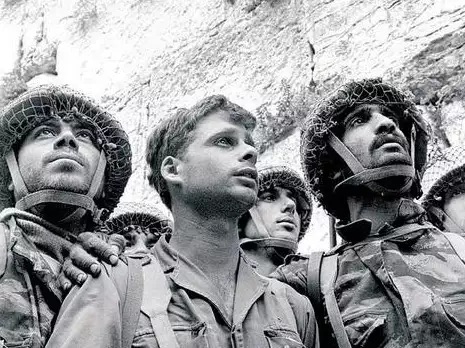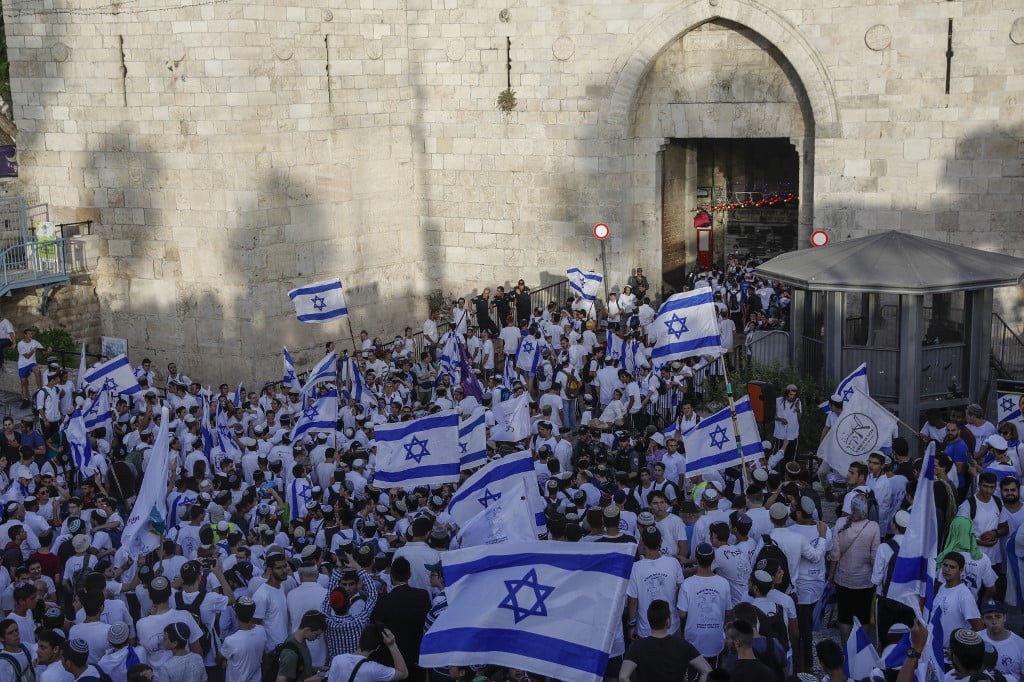Let’s talk about a day that hits different—Yom Yerushalayim. If you’ve ever stood in the Old City, felt the buzz in the air, or even just seen photos of crowds waving Israeli flags in front of the Western Wall, you know there’s something powerful about this day. But even if you haven’t, don’t worry—we’re going to unpack everything you need to know, together.
You might be wondering—what’s the big deal? Isn’t it just another national holiday? Not quite. Yom Yerushalayim is part history, part faith, part celebration, and—depending on who you ask—a bit complicated too. So grab a coffee (or tea), and let’s walk through it.
The History Behind Yom Yerushalayim: How It All Began
Okay, rewind to pre-1967. Jerusalem was split. West Jerusalem belonged to Israel. East Jerusalem, including the Old City and the Western Wall? Off limits. It was under Jordanian control, and Jews couldn’t even visit the places that had been at the center of their prayers for centuries.
Fast forward to June 1967. Israel is at war—the Six-Day War. And on the third day, something incredible happens: Israeli paratroopers enter the Old City. They make it to the Western Wall. And in that moment, Jerusalem is united under Israeli control for the first time in thousands of years.
That moment—that feeling—is what Yom Yerushalayim is all about.

What Happened in 1967: A Turning Point in Israeli History
You can’t talk about Yom Yerushalayim without talking about the Six-Day War. Picture this: Israel is surrounded by hostile neighbors. Everyone is tense. People are genuinely afraid. Then, in just six days, Israel captures the Sinai Peninsula, Gaza Strip, West Bank, Golan Heights—and yes, East Jerusalem.
One of the most famous radio broadcasts from that moment still gives people chills: “The Temple Mount is in our hands.” Imagine being a soldier hearing that. Or a parent listening back home.
For many, this wasn’t just a military win—it felt like something spiritual, something historic had happened. Some cried. Some prayed. Others just stood in silence, overwhelmed.
Traditions and Celebrations: How Yom Yerushalayim Is Observed Today
If you’ve ever been in Jerusalem for Yom Yerushalayim, you know it’s got a vibe. It’s loud, joyful, crowded—and honestly, kind of magical.
There’s the iconic flag march, where thousands of teenagers and young adults fill the streets waving Israeli flags and singing. The energy is unreal.
Then there are the prayers. Huge gatherings at the Western Wall, people singing, dancing, hugging—it’s a scene.
Across Israel, schools have ceremonies, concerts pop up, synagogues add special prayers. And even outside of Israel, communities come together to mark the day with music, stories, and reflection.
Oh, and you can bet “Yerushalayim Shel Zahav” gets sung more than once.
The Spiritual Significance: Why Jerusalem Means So Much
Here’s the thing—Jerusalem isn’t just a city. It’s an idea. A symbol. A heartbeat.
For thousands of years, Jews all over the world have prayed toward Jerusalem. Even in the darkest times, they dreamed of returning. Every Passover, we say, “Next year in Jerusalem.” Every wedding, we break a glass to remember its destruction.
So when people talk about reclaiming the Western Wall, or walking freely in the Old City—it’s emotional. It’s not about politics for a lot of people—it’s about connection, about history and hope.

How You Can Celebrate or Learn from Afar
Even if you’re miles away from the Old City, there are so many ways to connect with Yom Yerushalayim.
You can stream the flag parade online—it’s usually broadcast live. Or dig into some history—maybe watch a doc on the Six-Day War or read up on Jerusalem’s role in Judaism and Israeli identity.
Some people like to say special prayers. Others just take a moment to reflect on what Jerusalem means to them. If you’re part of a synagogue or Jewish community center, check in—they might have a program or celebration planned.
And hey, even just listening to “Yerushalayim Shel Zahav” on a walk can be meaningful.
In Conclusion…
Yom Yerushalayim is one of those days that carries layers. It’s joyful and emotional. Spiritual and political. Personal and national.
So maybe today, just take a moment. Think about Jerusalem. About what it means to you. About how it brings people together—and sometimes challenges us to do better.
Because at the end of the day, Jerusalem isn’t just in the headlines. It’s in the heart.
Happy Yom Yerushalayim. Chag Sameach.יום ירושלים שמח
